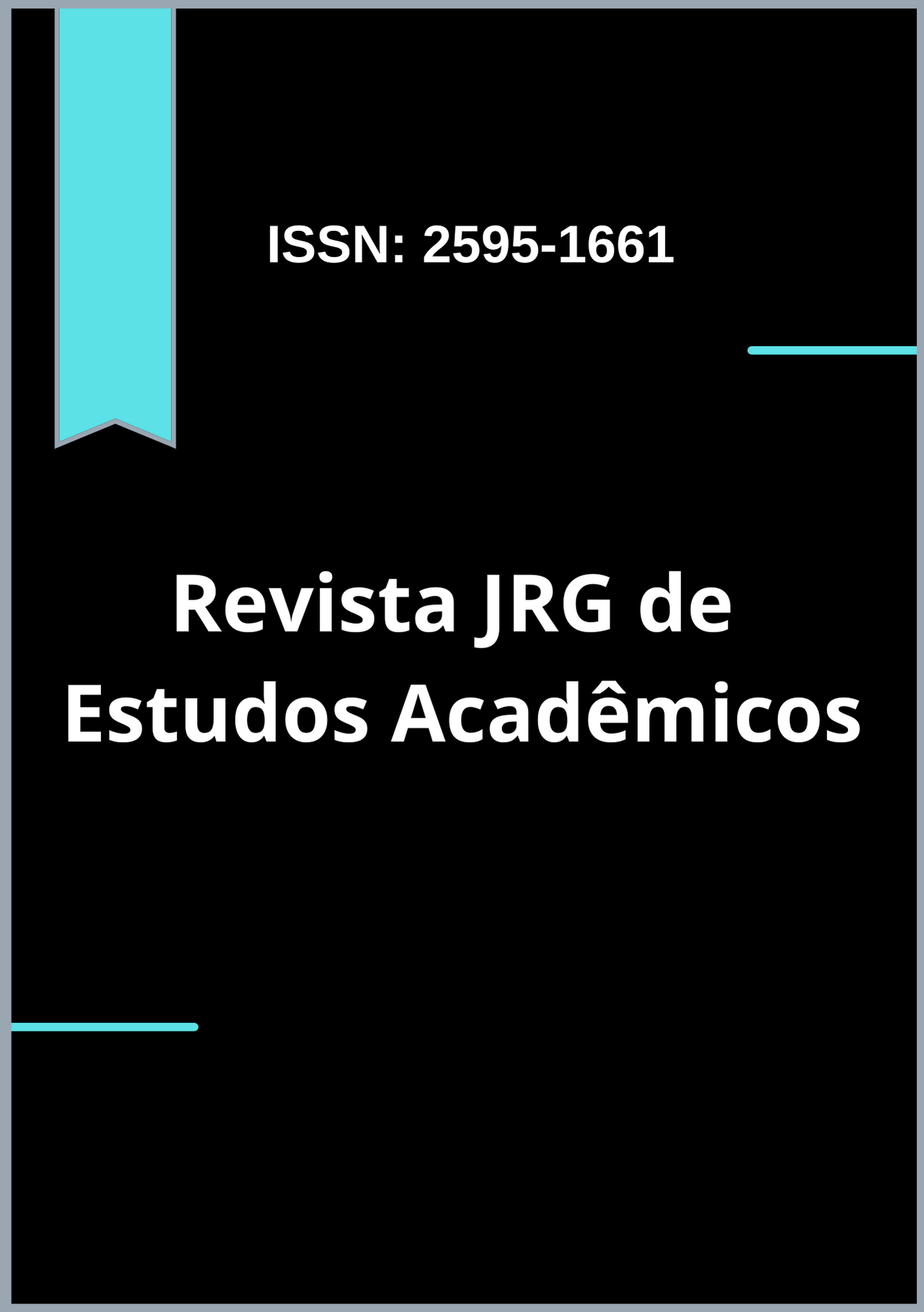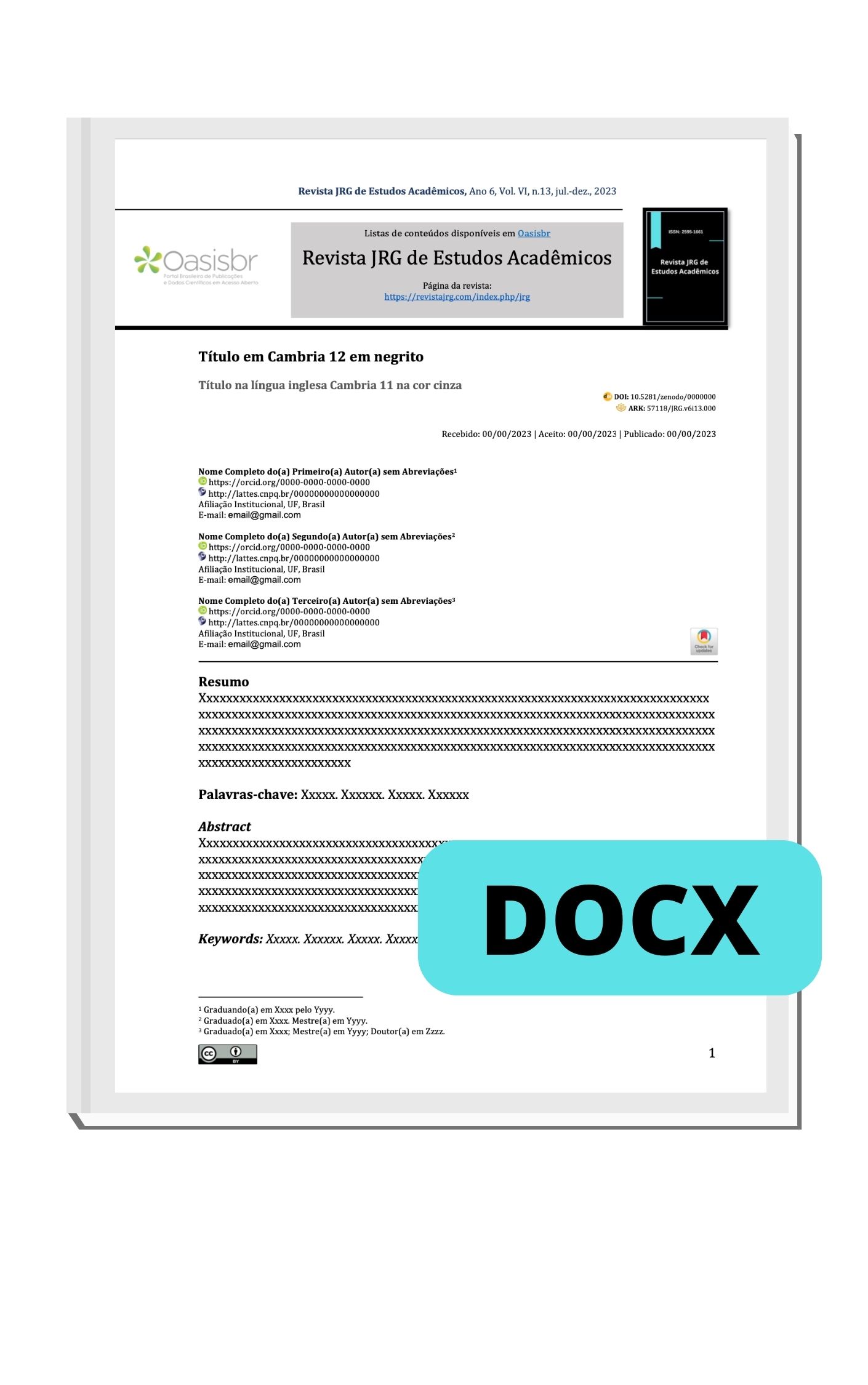Factors associated with infant mortality in Brazilian municipalities: a quantitative analysis
DOI:
https://doi.org/10.5281/zenodo.7654812Keywords:
Linear Regression, Correlational study, Child mortality, Brazilian citiesAbstract
Children are among the most affected by the accelerated process of contemporary urbanization. This study aims to identify the factors associated with infant mortality in Brazilian municipalities. Quantitative research was carried out using the Ordinary Least Squares technique for cross-section data. Five thousand five hundred sixty-five observations equivalent to Brazilian cities were used, and data were obtained from the 2010 Atlas of Human Development in Brazil. The variables following the literature and divided into dependent: Infant Mortality and independent: Gini Index, Average per capita income, percentage of people with an inadequate water supply and sewage and the Municipal Human Development Index. From a linear regression performed by the Gretl software, it was possible to obtain econometric data that, through inferential statistics, brought a confirmatory analysis. This second analysis showed the significance of the variables and the behaviour of each one, based on what the literature pointed out as expected. Significant explanatory variables are the Gini index, Municipal Human Development Index and inadequate water supply and sewage. Scientific research in the area is expected to contribute towards achieving Sustainable Development Goals (SDG).
Downloads
References
ARAÚJO, G.B.; SILVA, M.V.; FILLIS, M.M.; SERASSUELO JR, H.; Análise dos municípios com maior incidência de óbitos por COVID-19 no Brasil no período de abril a agosto de 2021. Revista JRG de Estudos Acadêmicos, Ano 6, Vol. VI, n.12, p. 21-35, 2023.
CANDEA, B.; WERNER, B.; TEUBER, T.; GAZOLA, T. Econometria Cross-section: uma análise cross-country dos indicadores de investimentos do WDI. Universidade Federal de Ouro Petro – UFOP, 2016;
CHUNG, A.; FOCHEZATTO, A. Impacto do Programa Saúde da Família sobre indicadores de saúde infantil em municípios do Rio Grande do Sul. Ensaios FEE, Porto Alegre, v. 36, n. 2, p. 343-362, 2015;
FRANÇA, E.B.; LANSKYLL, S.; REGOLL, M.A.; MALTA, D. FRANÇA, J. S.; TEIXEIRA, R.; PORTO, D.e; ALMEIDA, M.F.; SOUZA, M.F.M.; Szwarcwald.; NAGAHVOL, M.; VASCONCELLOS, A.M. Principais causas da mortalidade na infância no Brasil, em 1990 e 2015: estimativas do estudo de Carga Global de Doença. Revista Brasileira de Epidemiologia. V.20, P.46-60, 2017;
GUJARATI, D.; PORTER, D.C. Econometria Básica. 4. ed. Rio de Janeiro: Elsevier (Campus), 2006;
IPEA, Instituto de Pesquisa Econômica Aplicada. O que é índice de Gini. Acessado em: maio de 2019. Disponível em: http://www.ipea.gov.br/desafios.
LIMA, J.C.; MINGARELLI, A.M; SEGRI, N.J.; ZAVALA, A.A.Z.; TAKANO, O.A.; Estudo de base populacional sobre mortalidade infantil. Ciência & Saúde Coletiva, v. 22, p. 931-939, 2017;
OECD, Organization for Economic Co-Operation and Development. Benefits of Investing in Water and Sanitation: an OECD perspective, 2011;
STRUNZ, E.C.; ADISS, D.G.; STOCKS, M.E.; OGDEN, S.; UTZINGER, J.; FREEMAN, M.C.; Water, Sanitation, Hygiene, and Soil-Transmitted Helminth Infection: A Systematic Review and Meta-Analysis. PLOS Medicine. V.11, n.3, 2014;
SILVA, V.A.; ESPERIDIÃO, F. Saneamento básico e seus impactos na mortalidade infantil e no desenvolvimento econômico da região Nordeste. Revista Scientia Plena. V.13, n.10, 2017;
TEIXEIRA, J.C.; GOMES, M.H.; SOUZA, J.A.; Associação entre cobertura por serviços de saneamento e indicadores epidemiológicos nos países da América Latina: estudo com dados secundários. Revista Panamericana de Salud Publica. V.32, n.6, 2012;
UN, United Nations. Transforming our world: The 2030 Agenda for Sustainable development, 2015;
UNICEF, United Nations Children’s Fund. Levels and Trends in Child Mortality: Report 2017. New York, 2017;
WHO, World Health Organization. Progress on Safe Treatment and Use of Wastewater 2018 Piloting the monitoring methodology and initial findings for SDG indicator 6. Geneva, 2018.











































